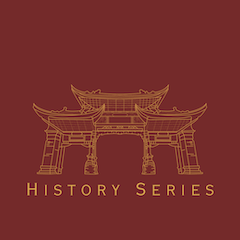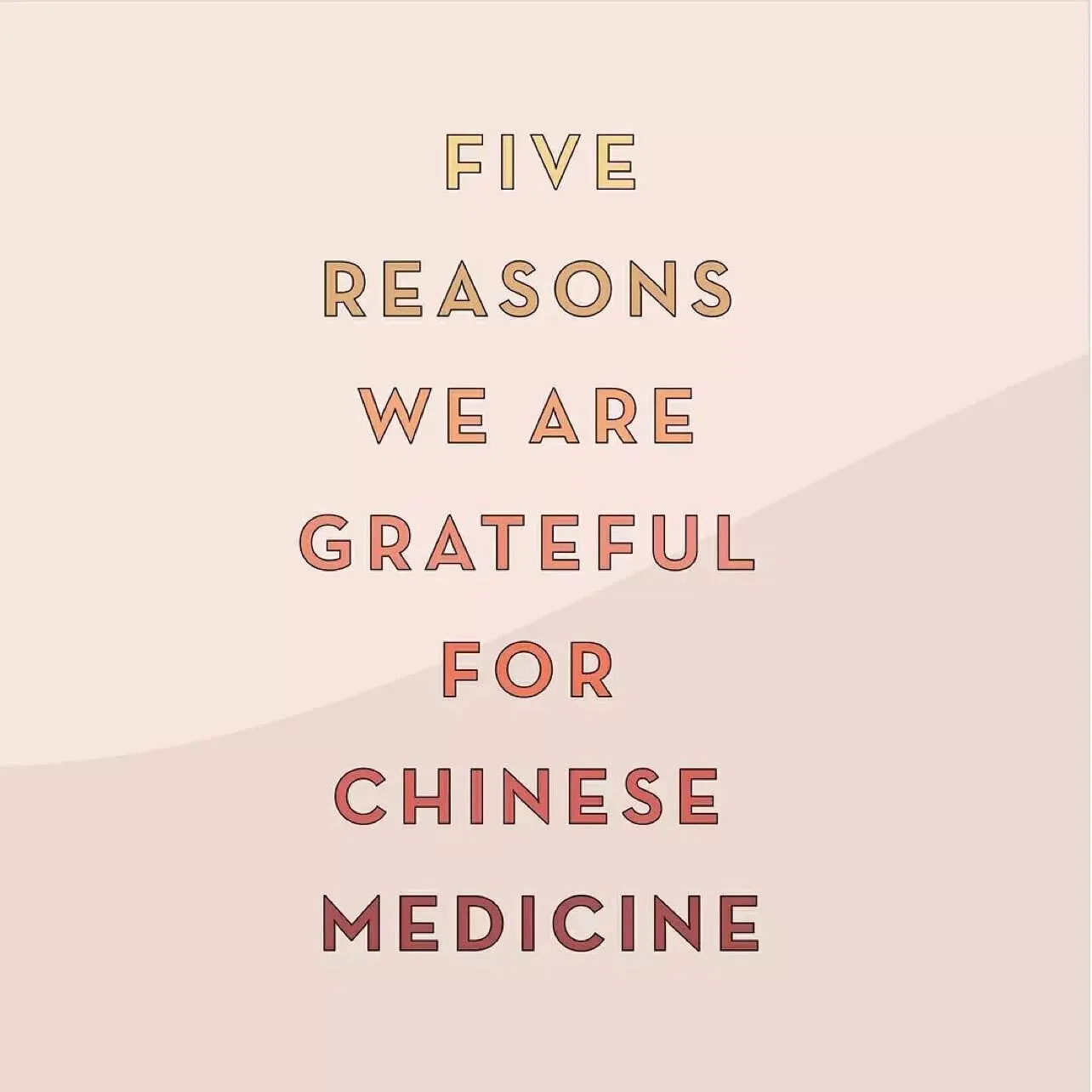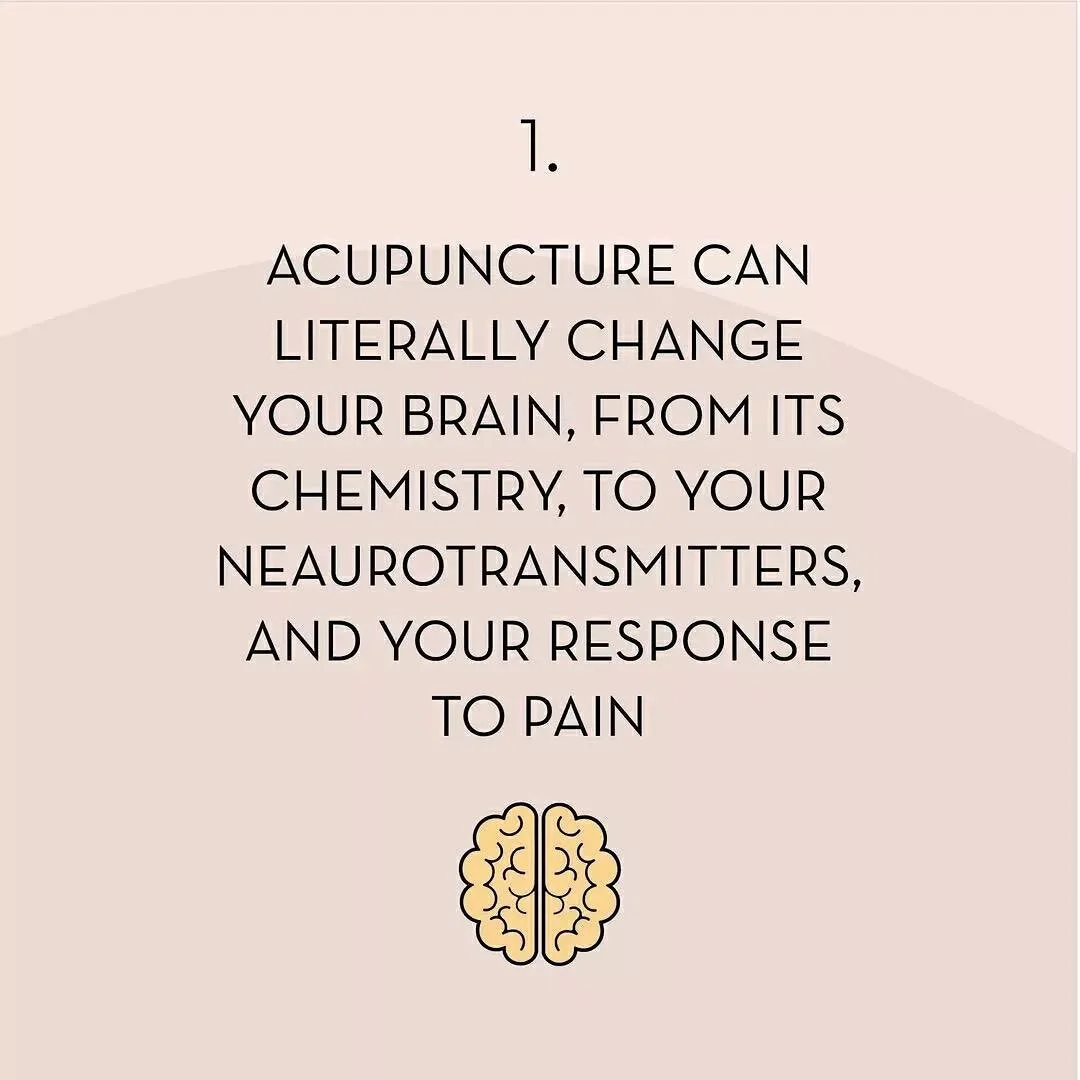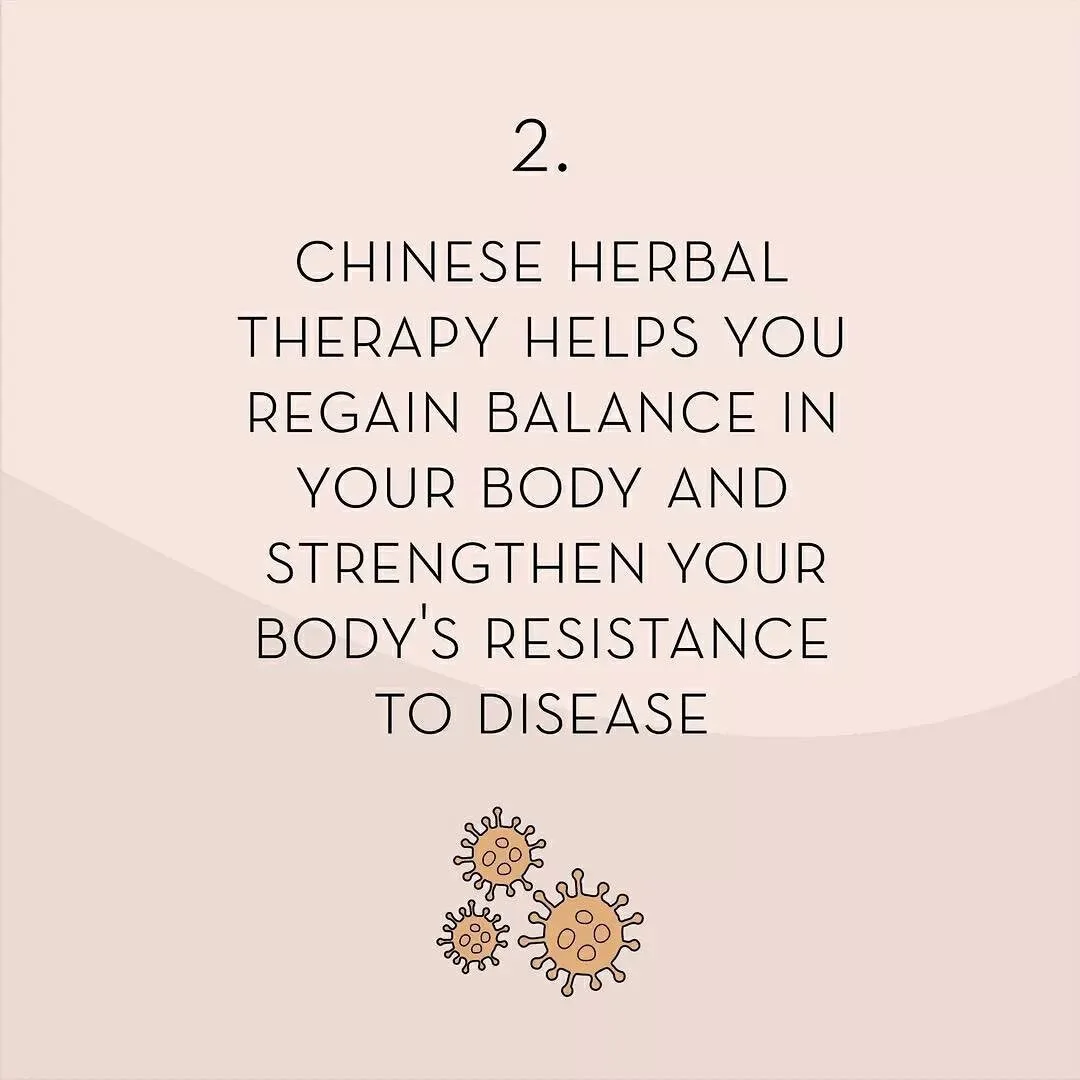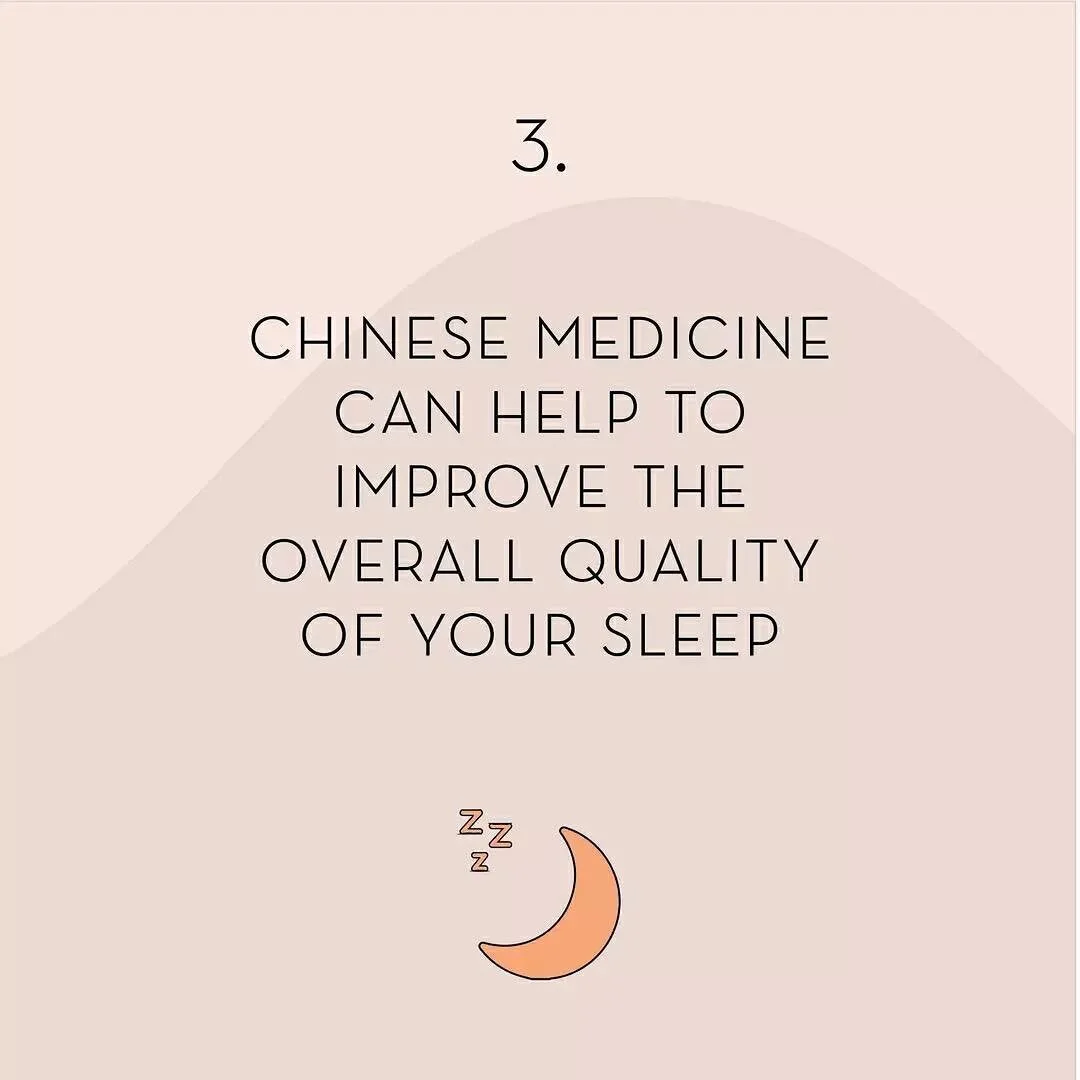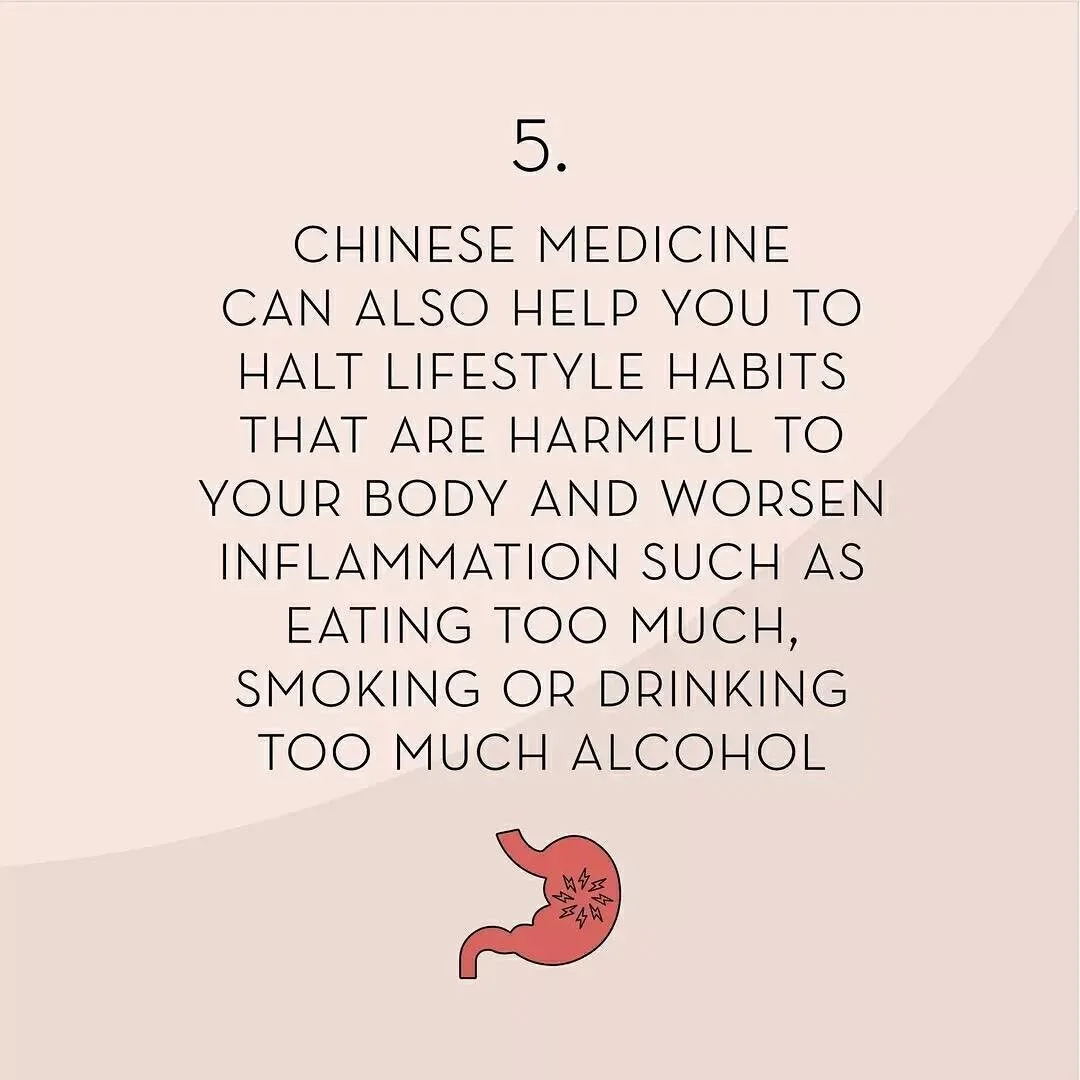#chinesemedicine

AI tongue scanner can diagnose illnesses with 96 percent accuracy, the new machine learning system builds on 2,000-year-old traditional Chinese medicine techniques.
https://www.popsci.com/technology/ai-tongue-scanner/
#acupuncture #TCM #tongue #diagnosis #tongediagnosis #chinesemedicine
Qiological is a wonderful resource run by Michael Max in the US, with an engaging and informed interview style and a blog of his encounters with members of our profession around the world.
This conversation touches on deeper topics like the nature of mastery in Chinese medicine, the importance of cultivating perception and intuition, and how practitioners can be like “magicians” for their patients.
Listen into this discussion that weaves together history, philosophy, and practical wisdom about the practice of Chinese medicine. Charlie's passion for the subject and decades of experience truly shines through.
https://www.qiological.com/history-series-charlie-buck/
#acupuncture #chinesemedicine #interview #mastery

Former One Direction star Zayn Malik reveals Chinese secret behind his voice
Mainland social media stunned as ex-boy band superstar says he never leaves home without special China syrup
https://www.scmp.com/news/people-culture/trending-china/article/3266289/revealed-china-secret-behind-voice-ex-one-direction-boy-band-star-zayn-malik?campaign=3266289
#coughsyrup #chinesemedicine #chineseherbalmedicine #onedirection #singer
Bamboo and Silk
An Open Access Journal!
Bamboo and Silk is a peer-reviewed academic journal sponsored by the Center of Bamboo and Silk Manuscripts of Wuhan University. Based on unearthed Chinese bamboo and silk manuscripts from the Warring States period (476–221 BC) and Qin (221–206BC), Han (206BC–220 AD), Wei (220–265 AD) and Jin (265–420 AD) Dynasties, this journal focuses on studies of character identification and textual reconstitution, and studies of the social, political, economic and legal systems as well as ideology, culture, language, customs and other aspects reflected by these manuscripts. The journal includes research articles on bamboo and silk manuscripts and book reviews. All articles are peer reviewed by anonymous outside experts as well as by the editorial board, and reflect the current state of international academic research issues on Chinese bamboo and silk manuscripts.
Bamboo and Silk is primarily based on Jian Bo 簡帛, a Chinese journal that was initially published in 2006 by Shanghai Chinese Classics Publishing House Co., Ltd., with some articles chosen from Jian Bo 簡帛 and translated into English. The journal accepts submissions in English as well.
https://brill.com/view/journals/bsms/bsms-overview.xml
#research #chinesemedicine #china #culture #acupuncture
Ancient books from Chinese Medicine
https://www.youtube.com/watch?v=GaKubM8Hz4E
#books #chinesemedicine #acupuncture #tcm #healing
The Savior of Heat Stroke: Gua Sha
Summer has indeed arrived! We all like to use this great opportunity to enjoy exciting outdoor activities. All too often, we forget to protect ourselves from the strong summer sun. After long exposure to a warm environment, we may suddenly feel dizzy, nauseas and tired; this condition is generally described as a light degree of “heat stroke.”
Heat stroke is a type of heat-related illness, defined as a body temperature greater than 40.6°C due to environmental heat exposure. Heat stroke, under certain conditions, may be a life-threatening emergency. The reason being excess absorbed or produced heat in the body that cannot be efficiently dissipated. This could result in tissue injury, loss of normal organ function, or even brain damage if fainting is experienced.
Traditional Chinese Medicine uses the term “heat stroke” often not in an emergency condition, but as a common diagnosis with symptoms occurring during the summer and autumn seasons. For example, walking through a parking lot with your body exposed to a high heat environment causes the hair follicles to open to release the extra heat; then, upon entering an office building with air conditioning, the hair follicles will close suddenly to preserve heat. In such a short transition period, the excess heat absorbed outdoors was not released completely. Trapping this excess heat on the surface of the body can lead to the possibility of “heat stroke.” Other symptoms may be related, such as headache, sore throat, running nose, coughing, or even tightness in the neck and shoulders. These may be treated with a technique called Gua Sha. The discomfort caused by this treatment can be immediately relieved.
The word “Gua” means scrape, and “Sha” refers the so-called “heat spot” or “fever.” When using this scraping technique a red or purple spot will appear on the neck and upper back region. Scraping Therapy not only releases the heat from the surface of the body, but an also relieve blood flow, improve blood circulation and promote metabolism. Usually, a higher severity of “heat stroke” is made apparent by a deeper color of the red or purple spot that occurs from the scraping treatment. After the treatment you should feel relaxed and the pain or discomfort from the scraping should be released. Under normal circumstances, the heat spots will slowly disappear in one to three days, for some elderly people it may take up to seven to ten days due to slow blood circulation and metabolism.
The best prevention of heat stroke is to keep your body in a cool environment, and avoid often going from hot to cold or cold to hot temperatures too quickly. Your body needs time to balance its temperature. If the symptoms of “heat stroke” are severe, and fainting occurs, emergency attention is needed immediately.
https://pubmed.ncbi.nlm.nih.gov/25098257/
#heatstroke #guasha #acupuncture #tcm #chinesemedicine #heat #summer #treatment #scrapingtherapy #hot
New free Chinese herbal database launched called SuperTCM
SuperTCM is an online resource that connects data from multiple scientific sources and languages. Drug information from published TCM databases and the official Chinese Pharmacopoeia as well as specialized meta-websites such as Kew’s Medicinal Plant Names Service was integrated on a higher level. The aim of this new herbals database is to facilitate the studies of the actions of TCM drugs and expand their applications.
The SuperTCM database can be searched for:
- Plant/Herb
- Recipe
- Ingredient
- Target
- Disease
#chinesemedicine #traditionalchinesemedicine #herbalmedicine #database #research #supertcm #plant #recipe #Ingredient #tartget #disease
Reality, Reason, and Action In and Beyond Chinese Medicine: Discerning Patterns – Terry Lectures 2017
by Judith Farquhar.
These lectures draw on the science and practice of traditional Chinese medicine to address enduring and troublesome ontological, epistemological, and ethical questions. Chinese medicine has often been taken to be “mystical” or superstitious, and its efficacy has been seen as a matter of naïve faith. By contrast, the lectures consider how the modern, rationalized, and scientific field of traditional Chinese medicine constructs its very real objects (bodies, symptoms, drugs), how experts think through and sort out pathology and health (yinyang, right qi/wrong qi, stasis, flow), and how contemporary doctors act responsibly to humanistic ethical ends, “seeking out the root” of bodily disorder.
As we better understand the myriad things of classic Chinese metaphysics (Lecture 1), see how doctors discern actionable patterns (Lecture 2), and appreciate the ethics of medicine’s modern humanism (Lecture 3), tradition and modernity, East and West, collapse.
Systematic Chinese medicine, no longer superstitious or a pseudo-science, can become a philosophical ally and a rich resource for a more capacious science.
Lecture 1, The myriad things: https://www.youtube.com/watch?v=KrAh7EiYc88
Lecture 2, Discerning patterns: https://www.youtube.com/watch?v=2c1S0ZXx7LQ
Lecture 3, Humanity as Root: https://www.youtube.com/watch?v=2etFnzpqqEM
#tcm #therrylectures #judithfarquhar #chinesemedicine

Pic shows: This Chinese knotweed which is shaped like a human was found by a farmer.
A farmer has dug up the tuber of a Chinese knotweed (Fallopia multiflora), which is shaped like a human and which local experts claim is over 500 years old.
Farmer Zhong Fusheng, 64, was collecting herbs in the forests near his village in Pingxiang City, southeast China’s Jiangxi Province, when he discovered the head of the knotweed.
He said: "I know how big they usually are and this one was a substantial size compared to what they usually reach."
Aware of the value of the Chinese knotweed in Chinese medicinal fields, Fusheng said he slowly dug around the tuber so as to not damage it, and soon discovered that it was much larger beneath the ground.
He said: "When I pulled out the knotweed out, I was surprised find it shaped like a small human."
Fusheng’s "knotweed baby" is 36cm long and weighs 3.75kg, leading forestry experts to believe that it has been growing for at least half a millenium.
Experts claim that Chinese knotweed can grow to the size of an adult human palm in 50 years, the size of a bowl in 100 years, and the size of a human head in 200 years.
By the calculations of herbal experts, Fusheng’s knotweed should be older than 500 years, especially considering its weight.
Fusheng has already rejected a 7,000 RMB (734 GBP) big for his knotweed baby, saying that he wishes to keep it for his personal collection.
Native to central and southern China, the Chinese knotweed is valuable for its uses in Chinese medicine, where it is said to hold anti-ageing properties.
Consuming the knotweed tuber is said to be mildly toxic, but safe for humans around 60kg in amounts of 10 to 30 grammes per day. Extreme overconsumption can lead to liver damage.
#Knotweed #Chinese #ChineseMedicine #Root #Homunculus #500YearsOld #FarOut

